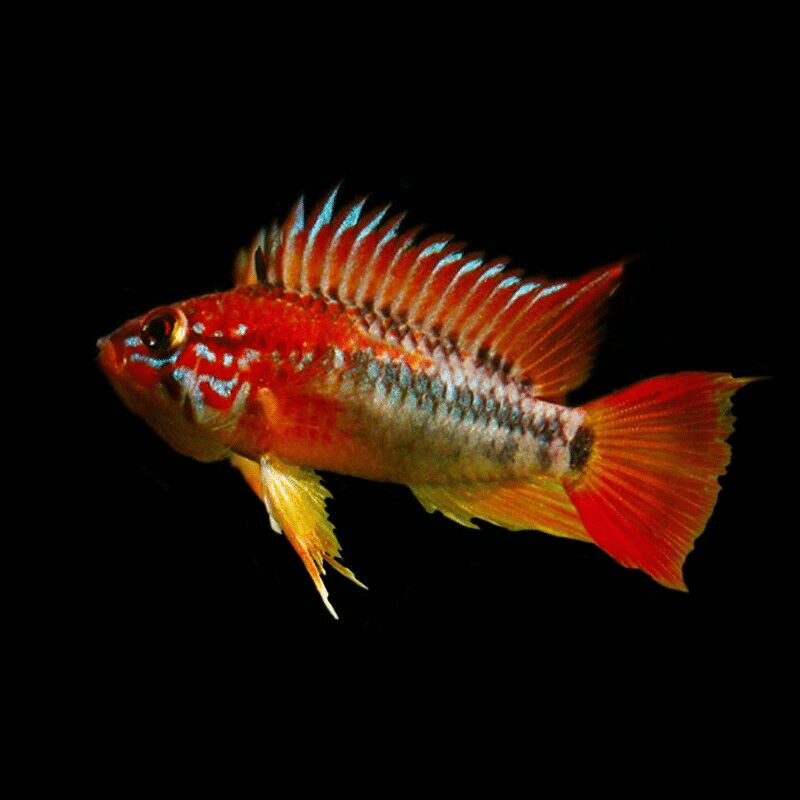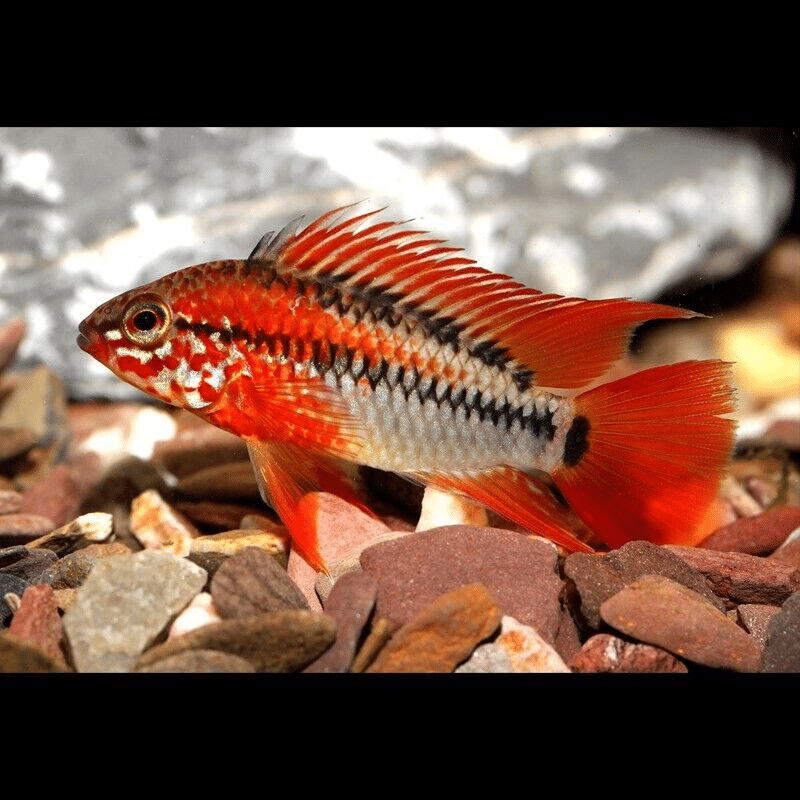To provide the best experiences, we use technologies like cookies to store and/or access device information. Consenting to these technologies will allow us to process data such as browsing behaviour or unique IDs on this site. Not consenting or withdrawing consent, may adversely affect certain features and functions.
The technical storage or access is strictly necessary for the legitimate purpose of enabling the use of a specific service explicitly requested by the subscriber or user, or for the sole purpose of carrying out the transmission of a communication over an electronic communications network.
The technical storage or access is necessary for the legitimate purpose of storing preferences that are not requested by the subscriber or user.
The technical storage or access that is used exclusively for statistical purposes.
The technical storage or access that is used exclusively for anonymous statistical purposes. Without a subpoena, voluntary compliance on the part of your Internet Service Provider, or additional records from a third party, information stored or retrieved for this purpose alone cannot usually be used to identify you.
The technical storage or access is required to create user profiles to send advertising, or to track the user on a website or across several websites for similar marketing purposes.


















Jessica Reynolds (verified owner) –
I recently added an Apistogramma Macmasteri ‘Red Mask’ to my 20-gallon planted tank, and I couldn’t be happier! These little guys have such vibrant colors that truly light up the aquarium. They’ve settled in beautifully over the past two weeks, showcasing their personality as they explore their environment. I also love how they interact with each other; their behavior is fascinating to observe. I’ve kept dwarf cichlids before, but the ‘Red Mask’ stands out with its unique markings and lively mannerisms. One minor concern is that they can be a bit territorial during breeding season, so keeping a well-planted tank is essential to provide hiding spots. For anyone considering this species, I highly recommend them for community tanks with peaceful tank mates. Just ensure you have a good filtration system and maintain water quality, as they thrive in clean, well-oxygenated water. Overall, I’m thrilled with my purchase—this tropical fish is a stunning addition! Can’t wait to see them grow!
Emily Carter (verified owner) –
I recently added the Apistogramma Macmasteri «Red Mask» to my planted aquarium, and I couldn’t be happier! These little cichlids are not just stunning to look at, with their vibrant red masks and peaceful demeanor, but they’ve also brought a delightful charm to my tank. After about two months of care, they’ve settled in beautifully among my aquarium plants, darting in and out of the foliage, which provides them excellent hiding spots.
I initially worried about compatibility, given how delicate some dwarf cichlids can be, but these fish have proven to be quite hardy and sociable. They interact well with my other peaceful species, making them perfect for beginner aquarists like myself. The only minor concern I’ve had is that they can be a bit shy at times, so providing plenty of cover is essential.
If you’re looking to bring captivating color and personality to your aquarium, I highly recommend the Red Mask Dwarf Cichlid. They thrive with optimal care, and I truly feel they add life to my aquatic environment. I’d say they’re an excellent choice for anyone, especially those starting in the tropical fish hobby!